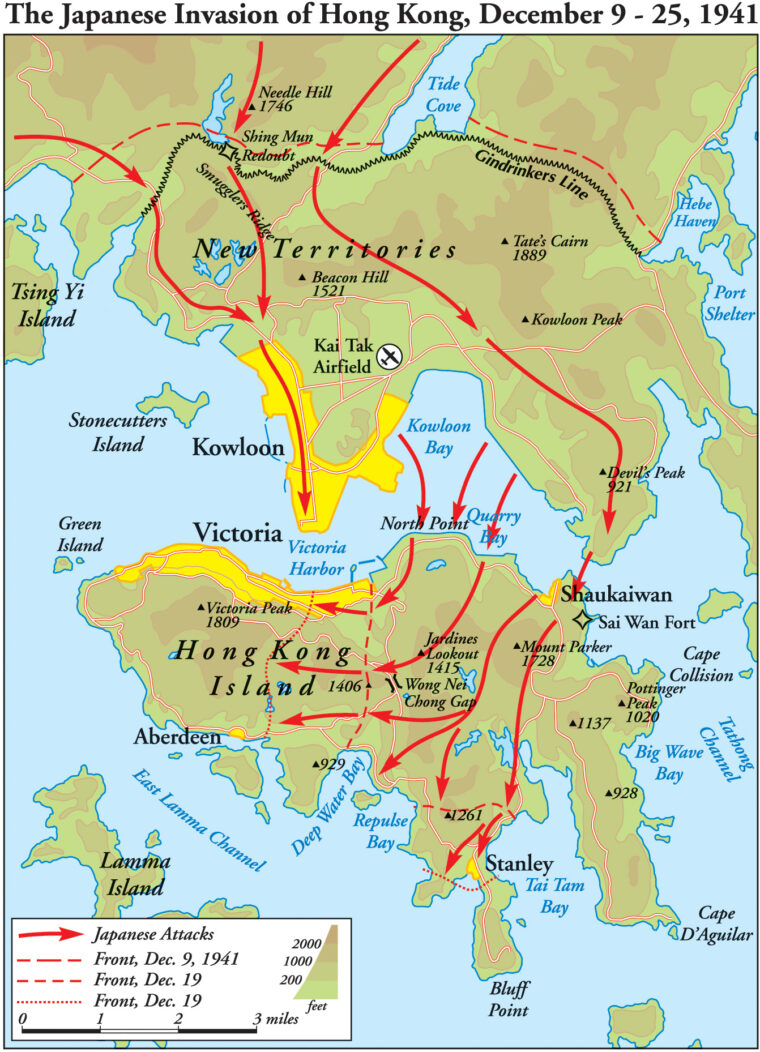
The Philippines’ Population Challenge and the Sustainable Development Goals (SDGs)
The Population Explosion and its Impact on Resources
- In the last half-century, the Philippines has experienced a population explosion unmatched in Southeast Asia.
- Starting at 36 million in 1968, the population has surged to a staggering 118 million in 2023.
- This rapid growth has strained the country’s resources, with a biocapacity deficit of 0.5 hectares per capita.
The Philippines operates at 0.6 global hectares per capita, while the required biocapacity is 1.1 global hectares per capita. This deficit of 0.5 hectares is equivalent to 55 million hectares, highlighting the overburdened state of the nation.
The Pervasive Repercussions of Overpopulation
- Overpopulation has impacted vital sectors such as agriculture, energy, water, housing, healthcare, education, and infrastructure.
- Poor governance, including political dynasties, lack of long-term strategy, bureaucratic inefficiency, and institutional corruption, exacerbate these challenges.
- However, the fundamental issue lies in the imbalance between population growth and available resources.
The Demographic Window of Opportunity
In 2019, the Philippines was the 13th most populous country in the world, with 108 million people. The population continues to increase, with three babies born per minute. Additionally, 52 percent of the total population is below 24 years old.
The United Nations Population Fund (UNFPA), the Population Commission (PopCom), and the National Economic and Development Authority are concerned that the demographic window of opportunity is closing fast. The question arises: Can the Philippines reap the demographic dividend?
A Surprising Turnaround
In 2020, the Philippines recorded its lowest number of births in 34 years, with only 1,516,042 registered births. This was accompanied by a 13-percent decrease in the number of adolescent births, the sharpest decline since 2003. Furthermore, Filipinos using birth control in 2020 totaled 8,085,000, an increase of 6 percent from 2019.
This unexpected and critical turnaround has caught the attention of the world. It has been dubbed a “population puzzle” and has been the subject of various discussions and videos.
The Role of the Reproductive Health Law
The fertility rate in the Philippines has plummeted to 1.9, even below the replacement rate. This decline can be attributed to the implementation of the reproductive health law, championed during the tenure of President Benigno Aquino III and effectively executed by the Duterte administration.
This controversial law focuses on reproductive health education and provides operational resources for family planning, empowering Filipinos to take charge of their family size. The realization that large families perpetuate poverty has driven a significant shift in family planning decisions.
A Promising Mindset Shift
The reproductive health law has become the linchpin in transforming the mindset of Filipinos. This shift holds the promise of lifting Filipinos out of widespread poverty and steering the country toward tangible and sustainable national development.
Moreover, this positive change is expected to extend its influence in other areas, such as the wider adoption of science and technology in local problem-solving. Local governments can leverage these technologies to enhance the responsiveness of public services to the needs of their constituents.
A Crossroads and a Tipping Point
The Philippines stands at a crossroads where the unexpected decline in the fertility rate, fueled by the reproductive health law and catalyzed by the shocks of the pandemic, holds the potential to reshape the nation’s trajectory.
As Filipinos take control of their family planning decisions, the ripple effects of this demographic shift promise not only to uplift individuals from poverty but also to pave the way for a more sustainable and prosperous future.
While some sectors warn of a Filipino aging population similar to Japan’s, it is important to savor this demographic tipping point and acknowledge the progress made towards achieving the Sustainable Development Goals (SDGs).
SDGs, Targets, and Indicators
1. Which SDGs are addressed or connected to the issues highlighted in the article?
- SDG 1: No Poverty
- SDG 2: Zero Hunger
- SDG 3: Good Health and Well-being
- SDG 4: Quality Education
- SDG 6: Clean Water and Sanitation
- SDG 7: Affordable and Clean Energy
- SDG 9: Industry, Innovation, and Infrastructure
- SDG 11: Sustainable Cities and Communities
- SDG 12: Responsible Consumption and Production
- SDG 13: Climate Action
- SDG 16: Peace, Justice, and Strong Institutions
2. What specific targets under those SDGs can be identified based on the article’s content?
- Under SDG 1: No Poverty – Target 1.2: By 2030, reduce at least by half the proportion of men, women, and children of all ages living in poverty in all its dimensions according to national definitions.
- Under SDG 2: Zero Hunger – Target 2.1: By 2030, end hunger and ensure access by all people, in particular the poor and people in vulnerable situations, including infants, to safe, nutritious, and sufficient food all year round.
- Under SDG 3: Good Health and Well-being – Target 3.7: By 2030, ensure universal access to sexual and reproductive health-care services, including for family planning, information, and education, and the integration of reproductive health into national strategies and programs.
- Under SDG 4: Quality Education – Target 4.1: By 2030, ensure that all girls and boys complete free, equitable, and quality primary and secondary education leading to relevant and effective learning outcomes.
- Under SDG 6: Clean Water and Sanitation – Target 6.1: By 2030, achieve universal and equitable access to safe and affordable drinking water for all.
- Under SDG 7: Affordable and Clean Energy – Target 7.2: By 2030, increase substantially the share of renewable energy in the global energy mix.
- Under SDG 9: Industry, Innovation, and Infrastructure – Target 9.1: Develop quality, reliable, sustainable, and resilient infrastructure, including regional and transborder infrastructure, to support economic development and human well-being, with a focus on affordable and equitable access for all.
- Under SDG 11: Sustainable Cities and Communities – Target 11.3: By 2030, enhance inclusive and sustainable urbanization and capacity for participatory, integrated, and sustainable human settlement planning and management in all countries.
- Under SDG 12: Responsible Consumption and Production – Target 12.8: By 2030, ensure that people everywhere have the relevant information and awareness for sustainable development and lifestyles in harmony with nature.
- Under SDG 13: Climate Action – Target 13.3: Improve education, awareness-raising, and human and institutional capacity on climate change mitigation, adaptation, impact reduction, and early warning.
- Under SDG 16: Peace, Justice, and Strong Institutions – Target 16.6: Develop effective, accountable, and transparent institutions at all levels.
3. Are there any indicators mentioned or implied in the article that can be used to measure progress towards the identified targets?
- Indicator 1.2.1: Proportion of population living below the national poverty line, by sex and age group
- Indicator 2.1.1: Prevalence of undernourishment
- Indicator 3.7.1: Proportion of women of reproductive age (aged 15-49 years) who have their need for family planning satisfied with modern methods
- Indicator 4.1.1: Proportion of children and young people (a) in grades 2/3; (b) at the end of primary; and (c) at the end of lower secondary achieving at least a minimum proficiency level in (i) reading and (ii) mathematics, by sex
- Indicator 6.1.1: Proportion of population using safely managed drinking water services
- Indicator 7.2.1: Renewable energy share in the total final energy consumption
- Indicator 9.1.1: Proportion of the rural population who live within 2 km of an all-season road
- Indicator 11.3.1: Ratio of land consumption rate to population growth rate
- Indicator 12.8.1: Extent to which (i) global citizenship education and (ii) education for sustainable development (including climate change education) are mainstreamed in (a) national education policies; (b) curricula; (c) teacher education; and (d) student assessment
- Indicator 13.3.1: Number of countries that have integrated mitigation, adaptation, impact reduction, and early warning into primary, secondary, and tertiary curricula
- Indicator 16.6.1: Primary government expenditures as a proportion of original approved budget, by sector (or by budget codes or similar)
Table: SDGs, Targets, and Indicators
| SDGs | Targets | Indicators |
|---|---|---|
| SDG 1: No Poverty | Target 1.2: By 2030, reduce at least by half the proportion of men, women, and children of all ages living in poverty in all its dimensions according to national definitions. | Indicator 1.2.1: Proportion of population living below the national poverty line, by sex and age group |
| SDG 2: Zero Hunger | Target 2.1: By 2030, end hunger and ensure access by all people, in particular the poor and people in vulnerable situations, including infants, to safe, nutritious, and sufficient food all year round. | Indicator 2.1
Behold! This splendid article springs forth from the wellspring of knowledge, shaped by a wondrous proprietary AI technology that delved into a vast ocean of data, illuminating the path towards the Sustainable Development Goals. Remember that all rights are reserved by SDG Investors LLC, empowering us to champion progress together. Source: opinion.inquirer.net
Join us, as fellow seekers of change, on a transformative journey at https://sdgtalks.ai/welcome, where you can become a member and actively contribute to shaping a brighter future.
|







